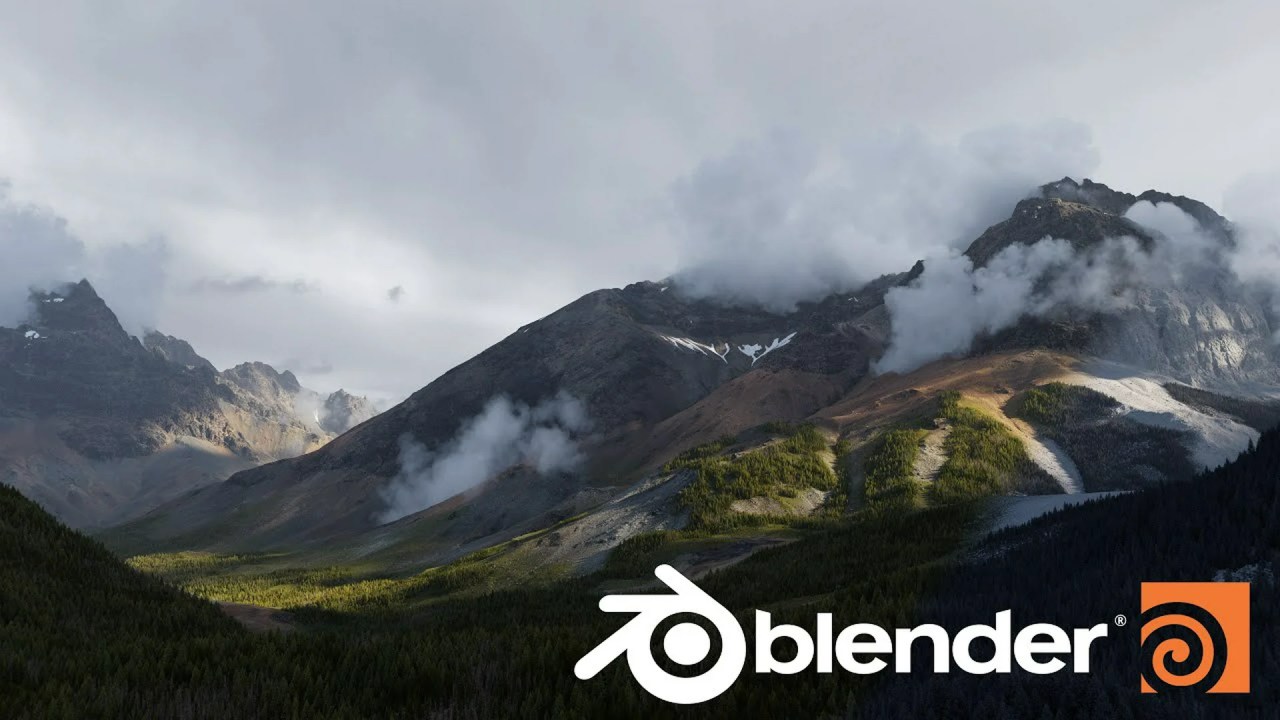Dive into Blender’s powerful volumetric capabilities! Jonathanwu’s tutorial explains how to import VDB models, set up dynamic smoke and fire shaders, and bring realistic explosions to your 3D projects.
Creating realistic smoke, fire, and other volumetric effects in 3D can be a complex task, but with VDB (Volume DataBase) models, it becomes much more accessible. In a helpful tutorial titled “How To Use VDB-Models In Blender,” creator Jonathanwu demystifies the process, guiding users through importing and shading these dynamic assets in Blender.
VDB files are essentially a grid-based format for storing volumetric data, making them perfect for pre-simulated effects like explosions. Jonathanwu, known for his clear and concise tutorials (he even uses text-to-speech to ensure audio clarity), walks us through the essential steps to integrate these models seamlessly into your Blender scenes. His tutorial is a gem for anyone looking to elevate their VFX work without diving deep into complex simulations from scratch.
Importing Your VDB Models
To begin, open a new Blender scene and delete the default cube. The process for importing VDBs is straightforward: press Shift + A, navigate to ‘Import,’ and select ‘Open VDB.’ You’ll then browse to the folder containing your VDB files. For animated sequences, simply select all the relevant files, and Blender will import them as a sequence.
Upon import, you’ll initially see a bounding box in your viewport. Jonathanwu explains that this is normal, as the animation starts at the first frame. By moving along the timeline at the bottom of your screen, you’ll see the volumetric data appear. The options panel on the right allows you to adjust the animation’s length. Crucially, the creator highlights that VDB models often contain multiple channels, such as ‘density‘ for smoke and ‘flames‘ for fire, which will be vital for shading.
Crafting Realistic Volumetric Shaders
To visualize the VDB model in your viewport, you must switch Blender’s render engine to Cycles and, if available, select ‘GPU Compute‘ for faster rendering. After adding a material to your VDB object and switching to rendered view, you’ll likely see the smoke, but the fire might be missing. This is where the shader editor comes into play.
Within the default ‘Principled Volume’ node, you can control the smoke’s density directly. To bring the flames to life, Jonathanwu instructs us to add an ‘Attribute’ node and type ‘flames’ (lowercase) into its name field. Connect the ‘Factor’ output of this ‘Attribute’ node to a ‘Math’ node, setting it to ‘Multiply.’ This ‘Math’ node then connects to the ‘Emission Strength’ input of the ‘Principled Volume’ node. Increasing the ‘Multiply’ value will reveal the fiery emission.
To give the fire its characteristic look, change the ‘Emission Color’ in the ‘Principled Volume’ node to an orange or red tone. For even more detail and artistic control, the creator suggests adding a ‘Color Ramp’ node. By connecting the ‘Attribute’ node’s color output to the ‘Color Ramp’ and then to the ‘Emission Color,’ you can fine-tune the fire’s gradient. Jonathanwu found that a yellow tone with some red at the lower end produced the best results for his explosion model. He also hints at further detailing with noise, encouraging viewers to comment if they’d like a more in-depth video on advanced techniques.
The flexibility of VDBs combined with Blender’s powerful shading tools makes them an invaluable asset for any 3D artist. Jonathanwu’s simple yet effective workflow demonstrates how quickly you can achieve stunning volumetric effects. The creator also links to some of his own VDB models, such as a simple explosion and a big 3D explosion animation, available for purchase, showcasing the quality of assets that can be achieved using these methods.



